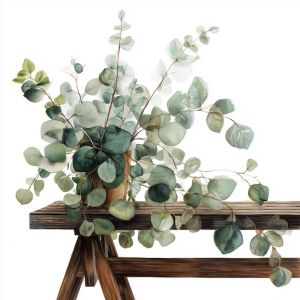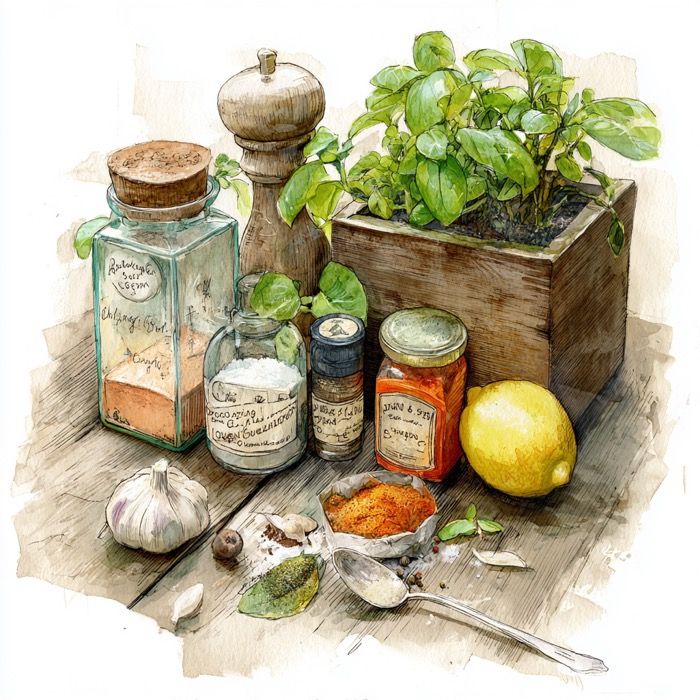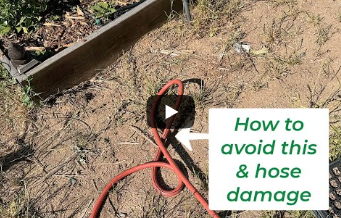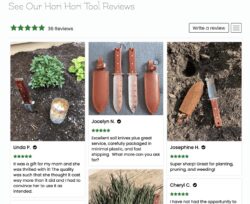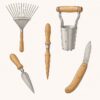How to Grow a Silver Dollar Tree
The Silver Dollar Tree (Eucalyptus cinerea) is a fast-growing evergreen admired for its round, silvery-blue leaves that shimmer in the garden and shine in floral arrangements. Loved by florists, landscapers, and gardeners alike, this eucalyptus adds both ornamental beauty and practical value. If you’re thinking about growing one, here’s everything you need to know to get started.
About the Plant
Before planting, it helps to understand the basic traits of the silver dollar tree. This species is prized for its looks and its versatility in the garden.
- Scientific name – Eucalyptus cinerea
- Type – Evergreen tree
- Height – 20–60 feet (but can be kept smaller with pruning)
- USDA Zones – 8–11 (tender in frost; can be grown in pots in cooler zones)
- Growth rate – Fast, often 2+ feet per year
Planting Silver Dollar Tree
Successful growth begins with the right site and conditions. Silver dollar trees thrive in full sun and open space.
- Location – Full sun is essential. Choose a spot with room to spread, away from structures or power lines if planted in the ground.
- Soil – Prefers well-draining sandy or loamy soil. Tolerates poor soils once established. Avoid waterlogged areas.
- Planting time – Best in spring after the last frost, so roots can establish before winter.
Watering Needs
Proper watering is especially important in the first year of growth. Once mature, these trees tolerate drought.
- Young trees – Keep soil consistently moist for the first year.
- Established trees – Highly drought tolerant; water deeply but infrequently.
Fertilizing
Though eucalyptus is not a heavy feeder, a little fertilizer can help it establish faster.
- Apply a balanced slow-release fertilizer in spring.
- Potted plants benefit from extra feeding during the growing season.
Pruning and Maintenance
Pruning shapes the tree and influences whether the leaves stay in the desirable silver-dollar form.
- Prune young trees to encourage strong structure.
- Coppicing (cutting back to the base every year or two) keeps the plant shrub-like and produces round, silvery stems.
- Avoid heavy topping unless you’re harvesting stems intentionally.
Growing in Containers
Gardeners in cooler climates can enjoy silver dollar eucalyptus in large pots.
- Works well in containers outside of zone 8.
- Bring indoors before frost, or overwinter in a cool, bright space.
- Container-grown trees usually stay 6–10 feet tall and need regular pruning.
Pests and Diseases
One advantage of eucalyptus is its natural resistance to many common garden problems.
- Generally pest-free.
- Root rot can occur in poorly drained soils, so avoid heavy clay.
Propagation
You can start silver dollar eucalyptus in a few ways, though some are more reliable than others.
- Seeds – The most common method. Seeds need warmth, light, and moisture to germinate.
- Cuttings – Possible but difficult, with low success rates without professional misting setups.
- Coppicing regrowth – Cutting established plants to the ground each year stimulates new shoots with juvenile leaves.
🌿 Master Gardener Tip – If your goal is stems for arrangements, don’t let your eucalyptus mature unchecked. Coppice it each year to force new juvenile growth with those classic round leaves. Left to grow into a tree, the foliage matures into longer, lance-shaped leaves.
Frequently Asked Questions
How fast does a silver dollar tree grow?
It can grow more than 2 feet per year, making it one of the fastest-growing eucalyptus varieties.
Can I grow silver dollar eucalyptus indoors?
You can grow it in a container and overwinter it indoors, but it needs lots of light. A sunroom or bright window works best.
How do you keep the leaves round and silvery?
The round “silver dollar” leaves are juvenile foliage. To keep them, coppice the tree by cutting it back each year or every two years.
How many stems can I harvest from one plant?
If coppiced, a healthy shrub can yield 20–40 stems per year, sometimes more. Trees left unpruned produce far fewer usable stems.
Is silver dollar eucalyptus invasive?
In most U.S. gardens, Eucalyptus cinerea is not considered invasive, but always check your local extension office for regional guidance.
Can I propagate eucalyptus from cuttings?
It’s possible but difficult. Most growers use seed or buy nursery starts for reliable results
